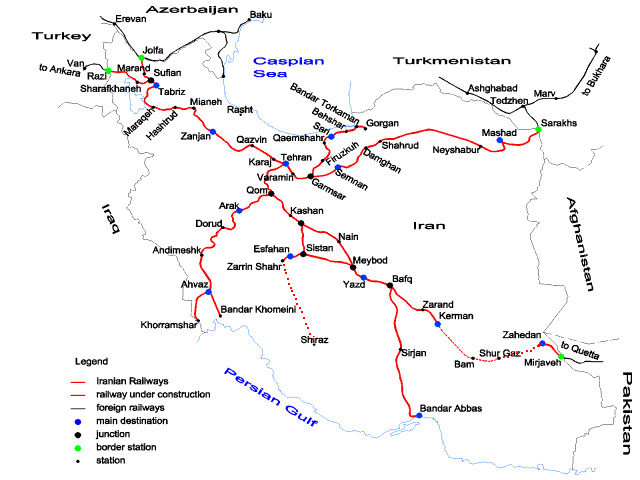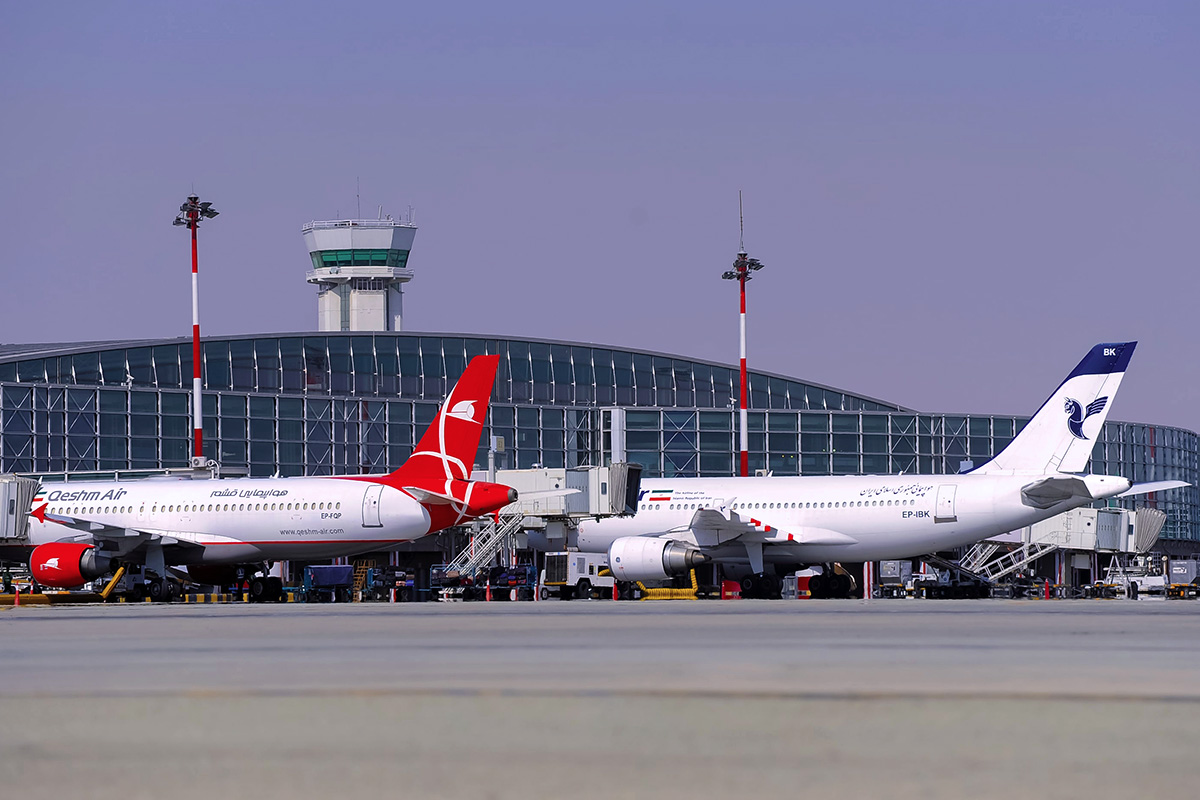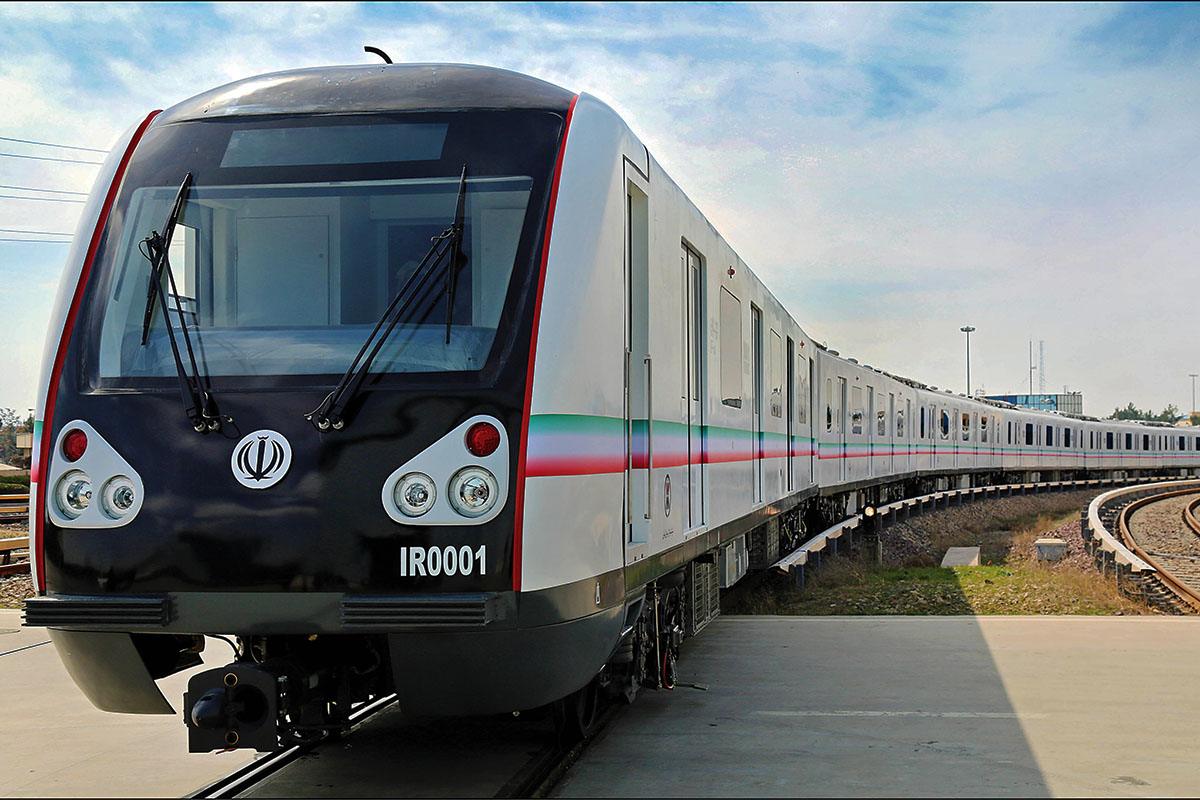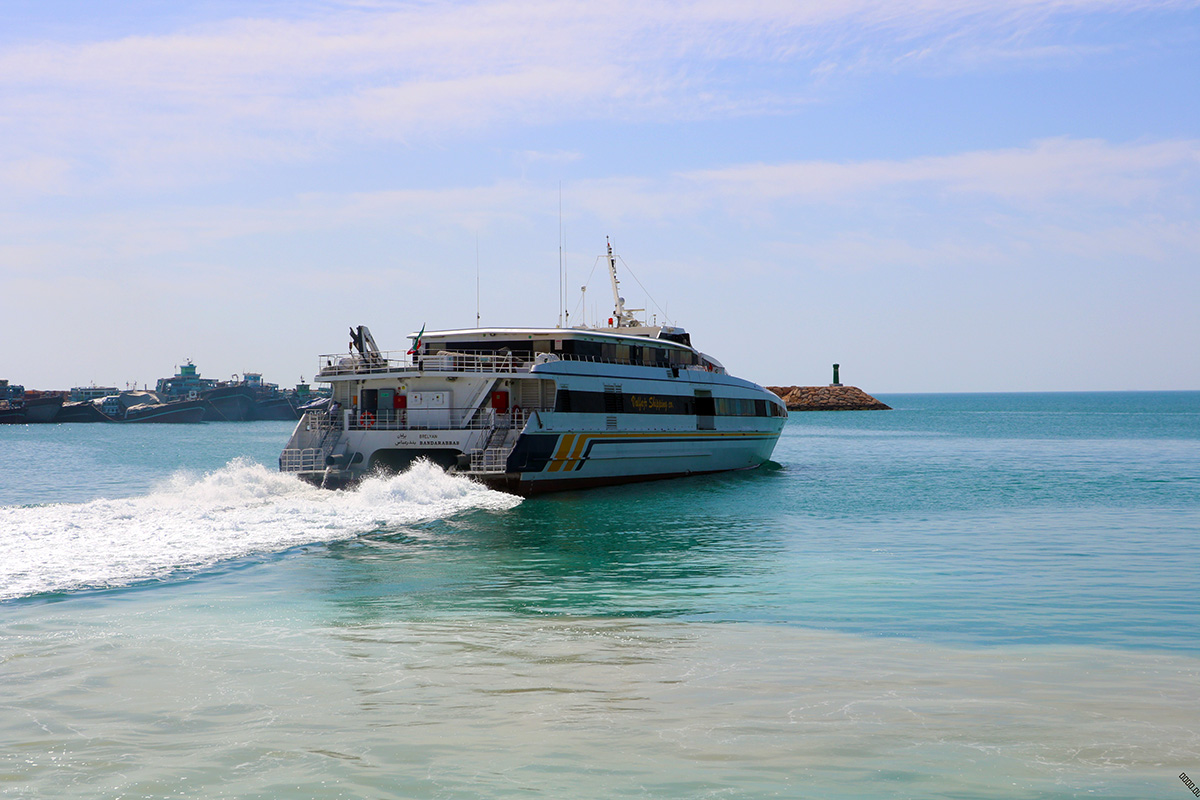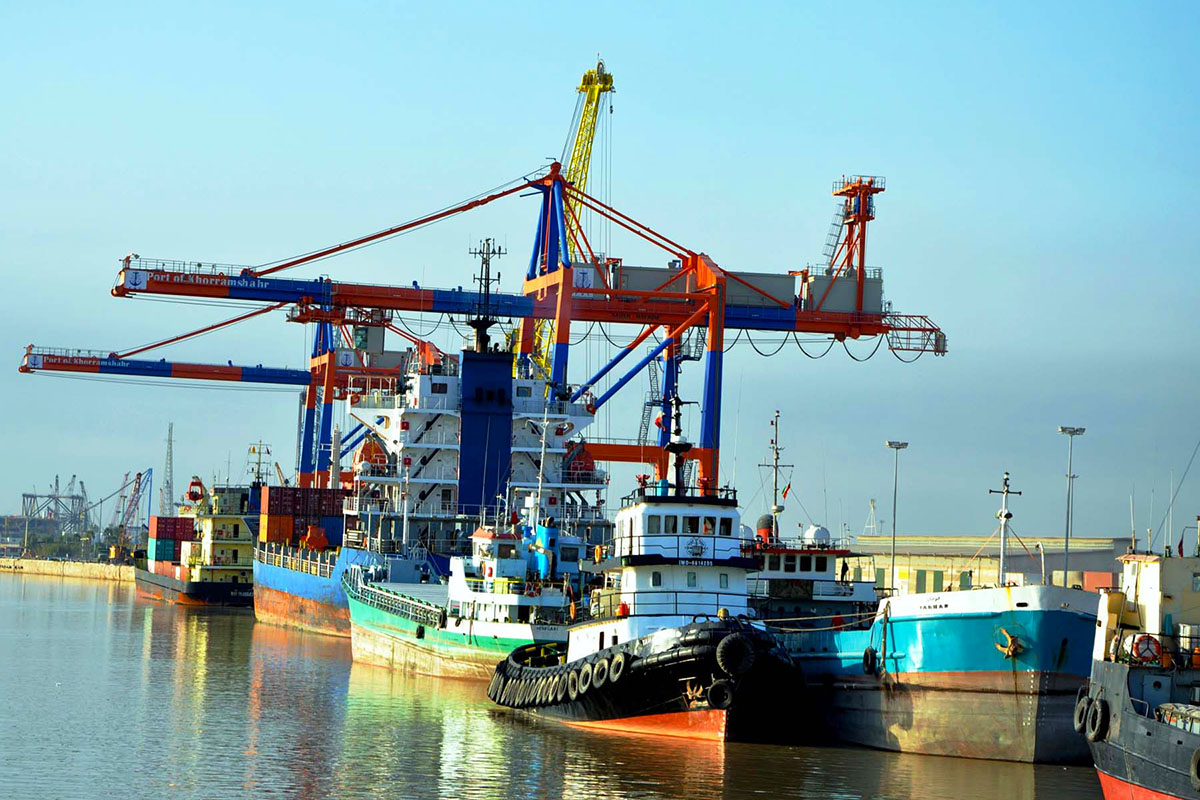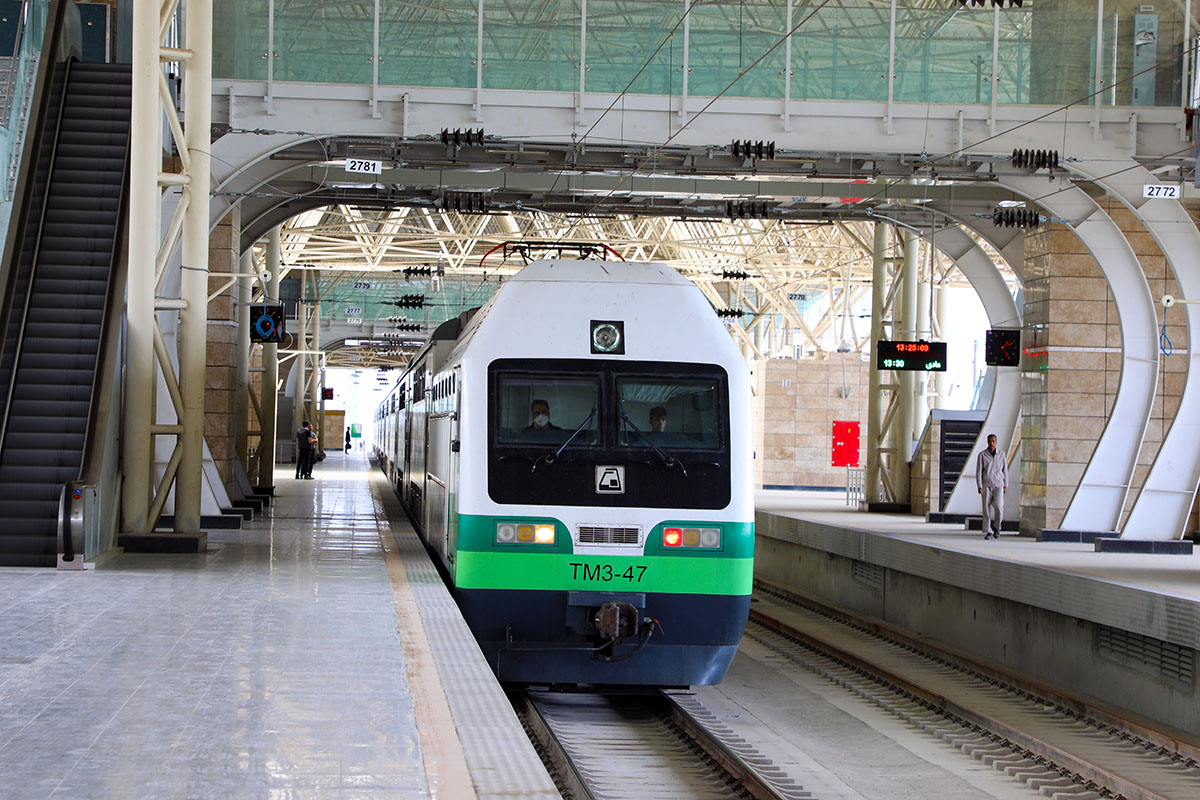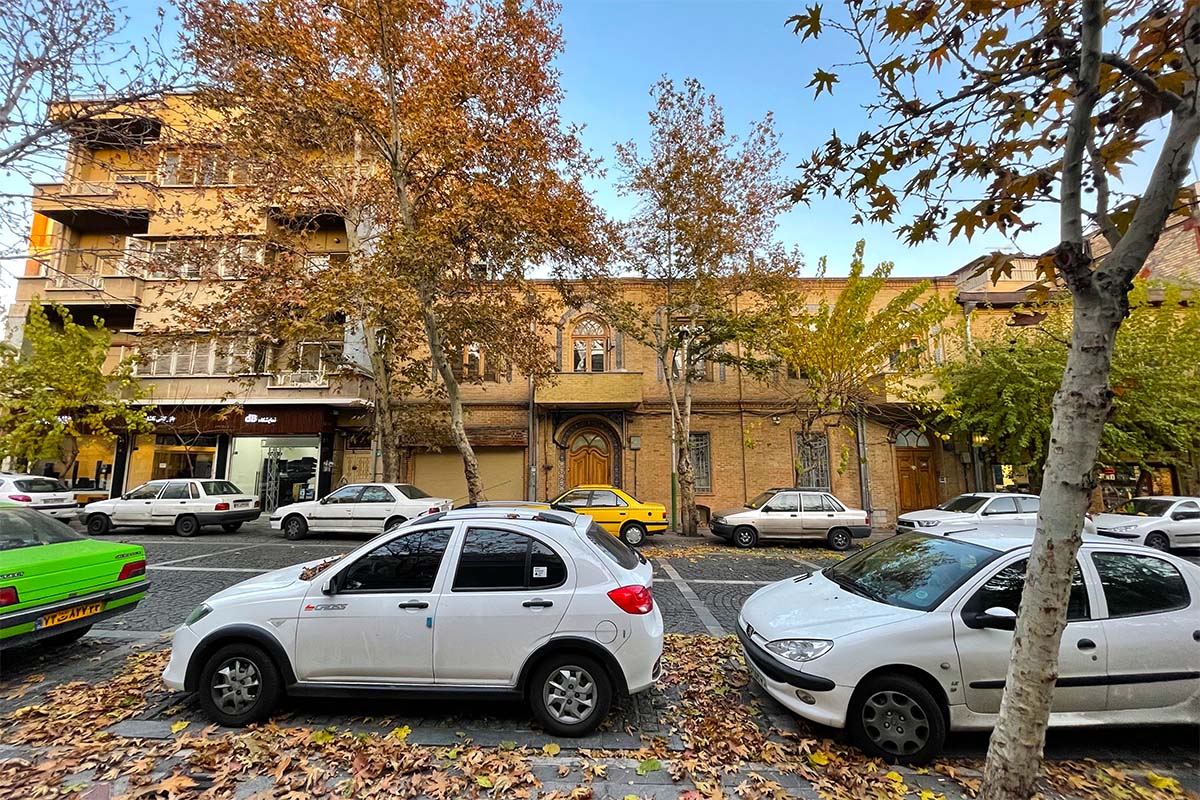Uppersia is efficient in getting the train ticket to you. Railway is by far the safest way to reach remote places of Iran. Whether a tourist or a businessman you will enjoy the marvellous landscape with its deserts in the central and southern regions or the high mountain range of the Alborz up to the southern coastline of the Caspian with its fertile plains.
Please check the ticket availability and available timings in here before filling out the form below.
International train
Tehran to Damascus Train
Tehran-Damascus passenger train departs Tehran to Damascus in the evening on Monday, passing through Iran, Turkey and Syria; the train arrives in Damascus on Thursday after 60 hours of traveling. The return from Damascus is on Monday. After passing Zanjan, Tabriz, and Salmas stations (getting on and off are taken place only in Zanjan, Tabriz and Salmas) it enters to the border. In Tabriz station, customs formalities, and in Salmas station, final control and passport sealing are performed. Then, along the route, after passing the border station of Razi, the train stops in the border station of Kapikoy in Turkey for checking visas by the officers of this country. Next stations are Van and Van jetty stations. In Van jetty passengers get on the ship and after five hours of traveling by ship they reach Tatvan jetty and continue their traveling to Damascus by Syrian train which consists of two kinds of wagon (First class- Bus train and First class – compartment – 2 bed).
This route is common with Tehran-Istanbul route till Malatya station. After passing Fevzipasa Station, the train stops at the border station of Islahiye for sealing the exit from Turkey and departing toward Damascus after checking passports in the border station of Meydan Ikbis of Syria. In this station, customs formalities and passport controls are performed to enter Syria. The railway distance between Tehran and Damascus is 2346 Kilometers.
Zahedan to Kuwaiteh Train
- The departure of the train from Kuwaiteh to Zahedan is at 8:30 o’clock on the first and fifteenth days of every Christian year and its departure from Zahedan to Kuwaiteh is at 8:00 o’clock in the morning on the third and seventeenth days of every Christian year.
- The date of arrival of the train to Zahedan is at 13.35 o’clock on the second and sixteenth days of every Christian year and its arrival to Kuwaiteh is at 15.15 o’clock on the fourth and eighteenth days of every Christian year.
- The organization of the train consists of two 1st-class sleeping wagons and two bus 2nd-class wagons.
- The carriage of 30 kg of luggage in maximum will be free of charge .
- The price of the 2nd-class ticket from Zahedan to the border amounts to Rls.1200 which shall be received in Iranian Rials and from the border to Kuwaiteh amounts to 535 Rupees. The price of ticket is the same for departing and returning. The price of the first class sleeping ticket from Zahedan to the border amounts to Rls.1700 and from the border to Kuwaiteh amounts to 1150 Rupees. The reimbursement of the ticket is performed at the station in which it has been bought.
- The ticket is sold in the route of departure in Zahedan station in Iran and in the route of returning in Mirjaveh station. The ticket of departure route from Pakistan is obtainable in Taftan station and in Kuwaiteh station when returning.
- The passenger may not purchase ticket from one center for both departing and returning.
- It is not possible to provide ticket the day before departure and the ticket is issued day-sale basis.
- The stations where the train stops includes Mirjaveh in Iran and Taftan, Nokandi, Dalbandin and Ahmadal in Pakistan.
Sarakhs to Central Asia and Russia
In recent years the railways have undergone significant extensions including the 1977 linking to the western railway system at the TurkishBandar Abbas line providing better access to the sea, and the 1996 opening of the Mashad–Sarakhs border, the 1993 opening of the extension as part of the Silk Road railway to link to the landlocked Central Asian Countries. Former states of the Soviet Union have railways using a 1,520 mm (4 ft 115⁄6 in) wider gauge, thus the Iranian Railways maintain break-of-gauge services at borders to Azerbaijan and Turkmenistan, and beyond brief wide-track rail segments to the border crossing.+
Domestic train
The railway network converges on Tehran and connects all major parts of the country. The Iranian cities of Isfahan and Shiraz were linked to Tehran in 2009. Further extension of this line to Bushehr and Bandar Abbas is planned.
Importantly, Iran lies at the crossroads of East-West and North-South transportation corridors that are active or potentially active. The western railway extension links to Turkey at the Razi–Kapikoi border. A northern connection to Azerbaijan, the Caucasus, and Russia has a bogie-changing station at the border at Jolfa. The southern routes connect Tehran to the Persian Gulf ports of Bandar Imam and Bandar Abbas. A line to the Caspian Sea ends at the terminal of Amir Abad and at Bandar Torkaman, and is part of a North-South corridor to Russia and Scandinavia. The north-east corridor connects Mashad and continues further to the bogie-changing station at Sarakh. For the landlocked countries of Turkmenistan, Uzbekistan, Tajikistan, Kyrgyzstan, and Kazakhstan, this line provides access to the sea. A recent connection from Mashad to Bafqh has significantly shortened access to the port city of Bandar Abbas.

